Ho Chi Minh City Mr. Binh, 23 years old, suffered a soccer injury a year ago but did not receive treatment, had difficulty walking, now the doctor has replaced the artificial ligament.
On November 25, Master, Doctor, CKII Tran Anh Vu, Deputy Director of the Orthopedic Trauma Center, Tam Anh General Hospital, Ho Chi Minh City, said that the young man had a torn anterior cruciate ligament in his right knee joint. Late treatment caused many blood vessels and the ligament root to disappear.
The surgery was performed by Dr. Vu and Master, Doctor, Doctor Phan Thanh Tan at the scientific conference "Artificial Ligament" on November 25 at Tam Anh Research Institute. The entire ligament reconstruction process lasted about 30 minutes and was transmitted live by a 360-degree camera to the screen at the conference, witnessed by nearly 100 experts. The conference was organized by the Center for Trauma and Orthopedics in conjunction with the Center for Training and Scientific Research (TAMRI) under the Tam Anh General Hospital System.
According to Dr. Vu, artificial ligaments (LARS) are widely used in the world, especially in the sports community. They are made from a combination of about 3,000 polyethylene fibers woven together, so they have good flexibility and softness, the ability to withstand a load of 300-350 kg, and high biocompatibility with the body. Therefore, patients can move comfortably without worrying about ligament rupture.
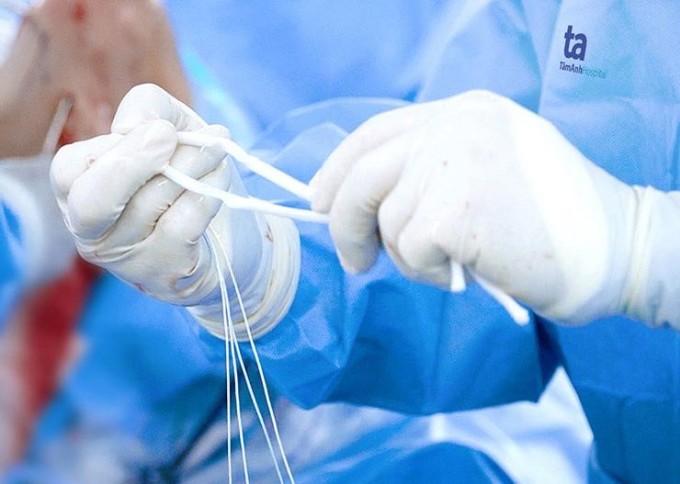
The artificial ligament is made from a combination of about 3,000 polyethylene fibers. Photo: Tam Anh General Hospital
During the surgery, the doctor kept the original part of the natural ligament to attach the artificial ligament. 1-2 months after the surgery, Mr. Binh continued to be injected with collagen and lubricant to provide raw materials for the natural ligament to repair damaged fibrous tissue and recover, covering the artificial ligament.
The artificial ligament is small but strong, helping patients return to daily activities and sports sooner, while still healing the main ligament, Dr. Vu explained.
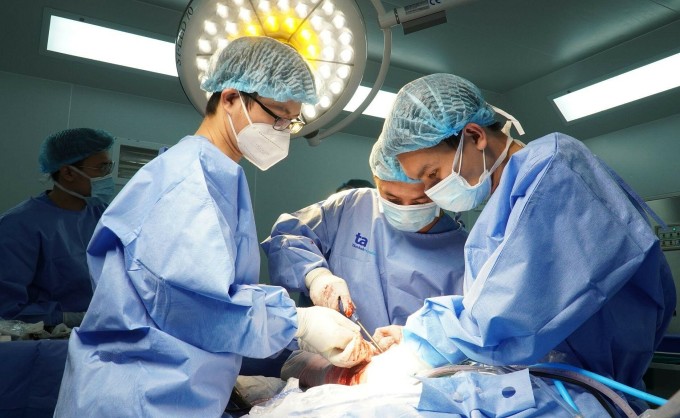
Doctor Vu (middle) during a cruciate ligament reconstruction surgery. Photo: Tam Anh Hospital
Dr. Tang Ha Nam Anh, Vice President of the Southeast Asian Sports Medicine and Arthroscopy Association and Director of the Orthopedic Trauma Center, said that there are many cruciate ligament surgery techniques but the success rate is not high. The current treatment trend is mainly to recreate or retain the natural ligament. However, the technique commonly used in other countries around the world costs 3-4 times more than the technique of combining artificial and natural ligaments.
"This is a simple technique that saves a lot of money for the patient. The key to a successful surgery is the surgeon's skill," said Dr. Nam Anh.
At Tam Anh Hospital, artificial ligaments are one of the commonly used methods to treat severe ligament injuries. In 2023, doctors performed more than 400 ligament reconstructions, an increase of nearly 50% compared to the previous year.
Doctor Vu said that ligament damage is one of the most common injuries caused by accidents in daily life, traffic accidents or sports... If not treated early, the patient is at risk of reduced mobility.
Doctors recommend that patients should see a doctor if they have warning symptoms such as pain, swelling in the knee joint, poor knee strength, difficulty walking, inability to bend or flex the knee... especially after an injury.
Treatment depends on the severity of the injury. In mild cases, the patient may be treated conservatively with splints and RICE therapy (rest, ice, compression, elevation). If the injury is severe enough to tear or completely rupture the ligament, the patient may undergo ligament reconstruction surgery.
Phi Hong
* Patient's name has been changed
Source link


![[Photo] Nhan Dan Newspaper Youth Union visits Vietnam Military History Museum](https://vstatic.vietnam.vn/vietnam/resource/IMAGE/2025/3/25/374e4f70a35146928ecd4a5293b25af0)
![[Photo] Head of the Central Propaganda and Mass Mobilization Commission Nguyen Trong Nghia received the delegation of Nhan Dan Daily](https://vstatic.vietnam.vn/vietnam/resource/IMAGE/2025/3/25/cdb71275aa7542b082ec36b3819cfb5c)



![[Photo] Prime Minister Pham Minh Chinh meets with the Ministry of Education and Training; Ministry of Health on the draft project to be submitted to the Politburo](https://vstatic.vietnam.vn/vietnam/resource/IMAGE/2025/3/25/c0e5c7348ced423db06166df08ffbe54)
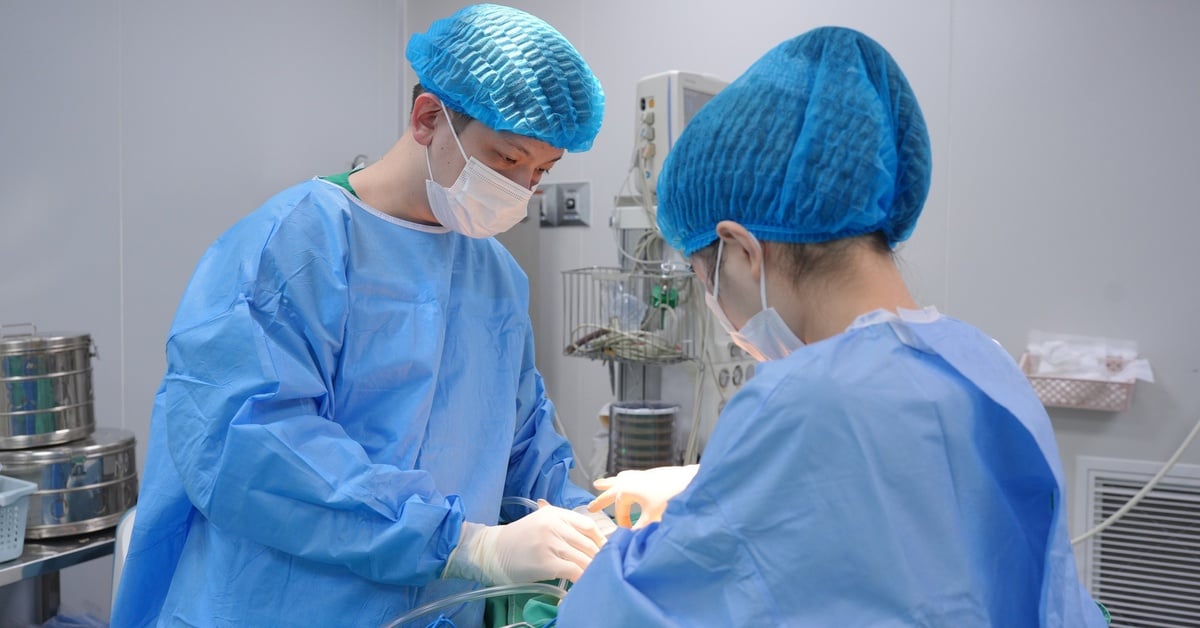

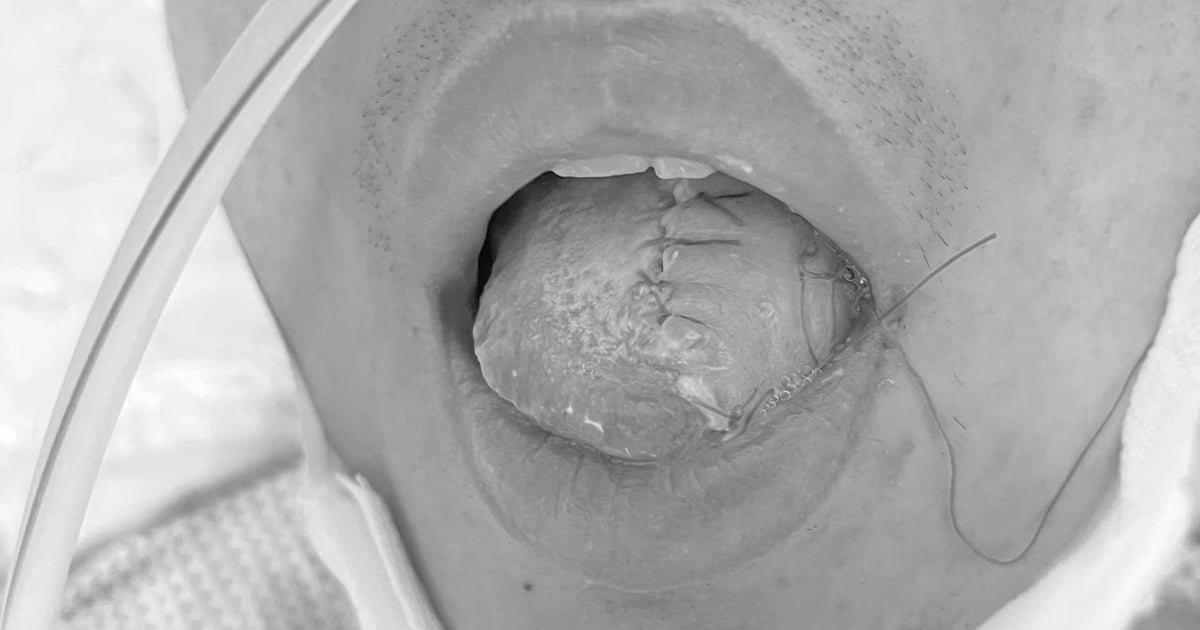

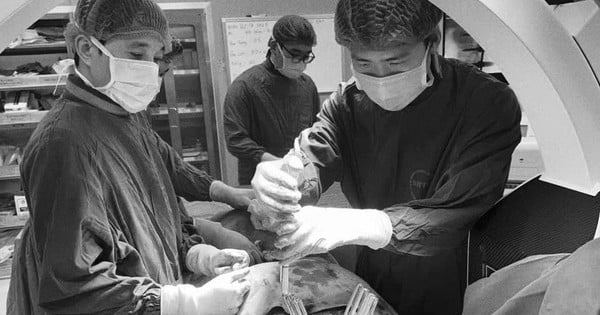

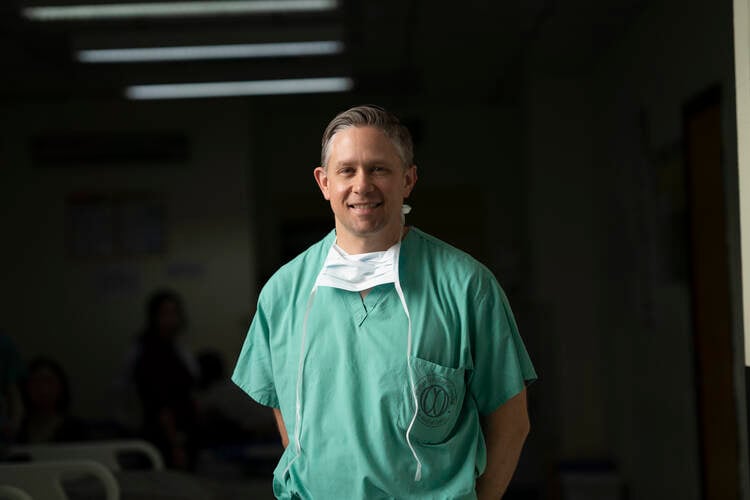

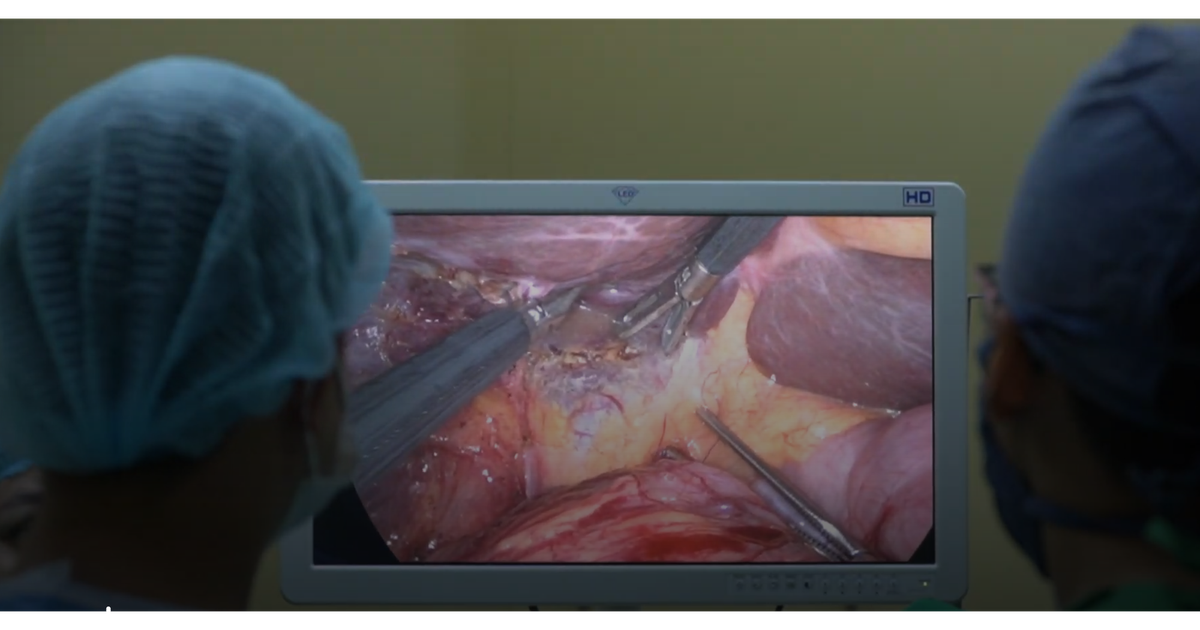
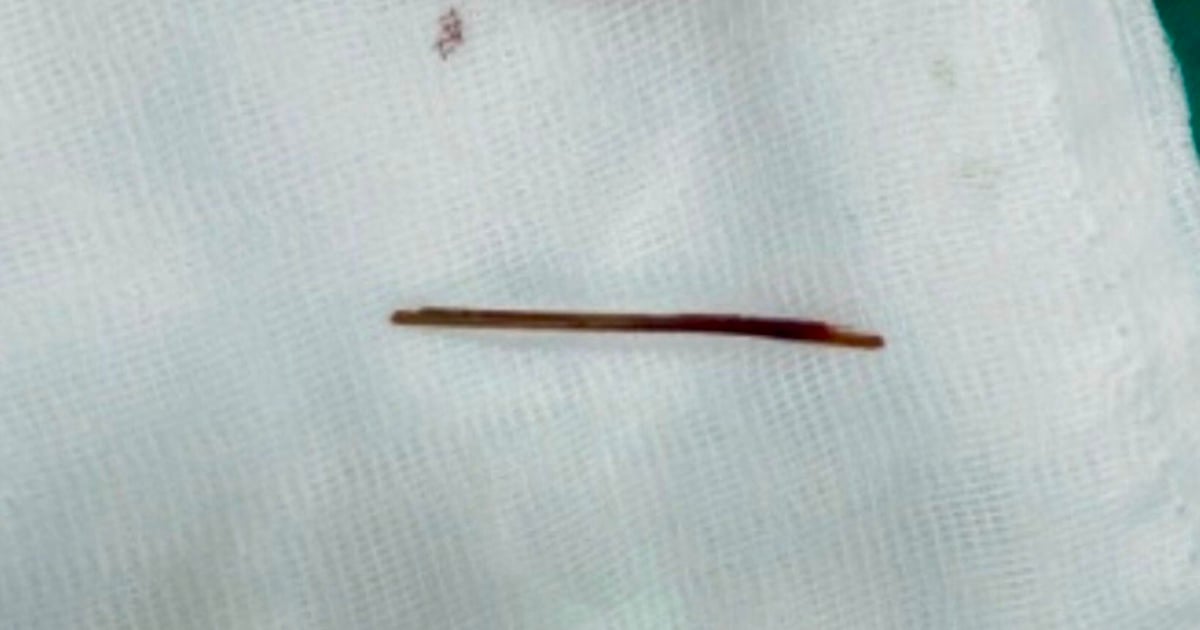


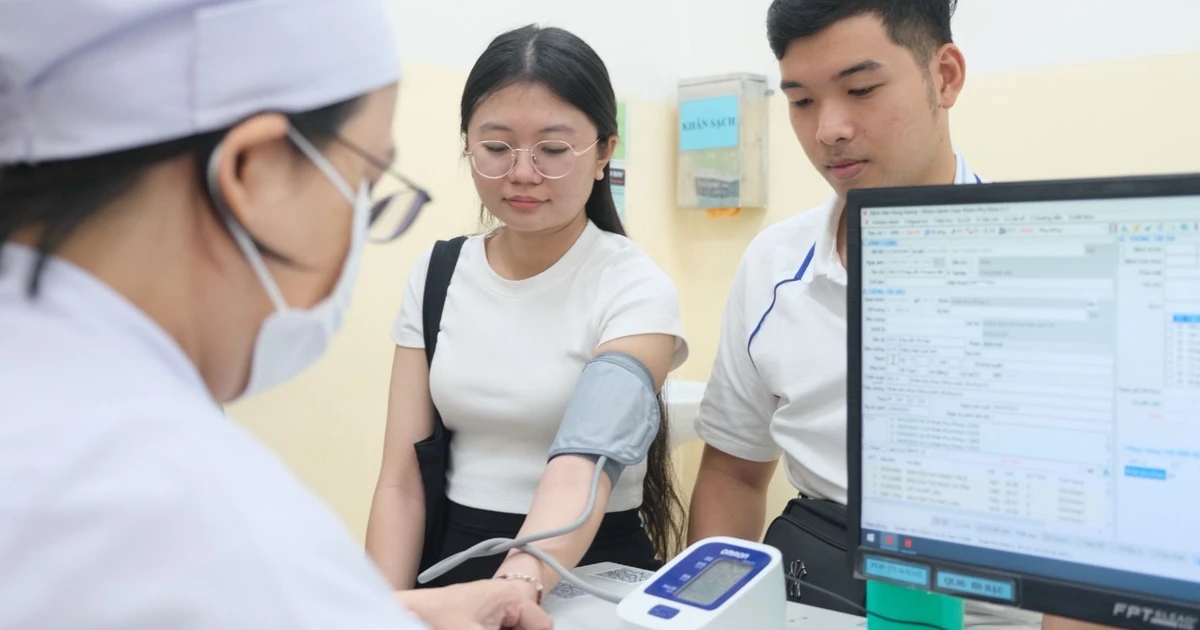
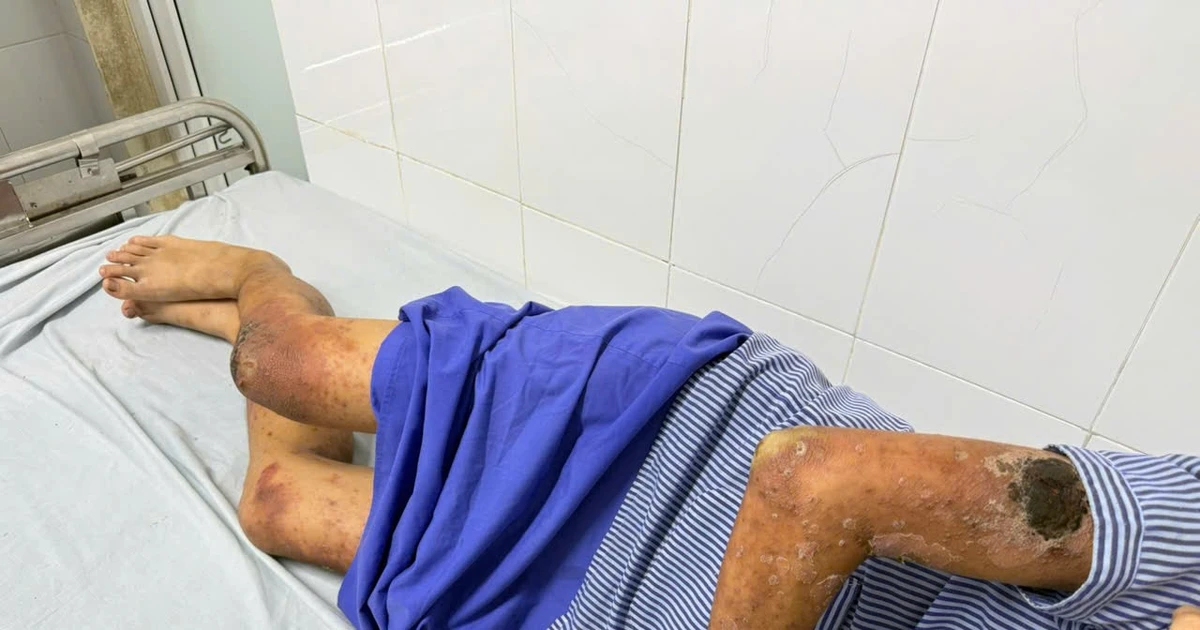











![[Photo] General Secretary To Lam chairs the Standing Meeting of the Central Steering Committee on preventing and combating corruption, waste and negativity](https://vstatic.vietnam.vn/vietnam/resource/IMAGE/2025/3/25/839ea9ed0cd8400a8ba1c1ce0728b2be)


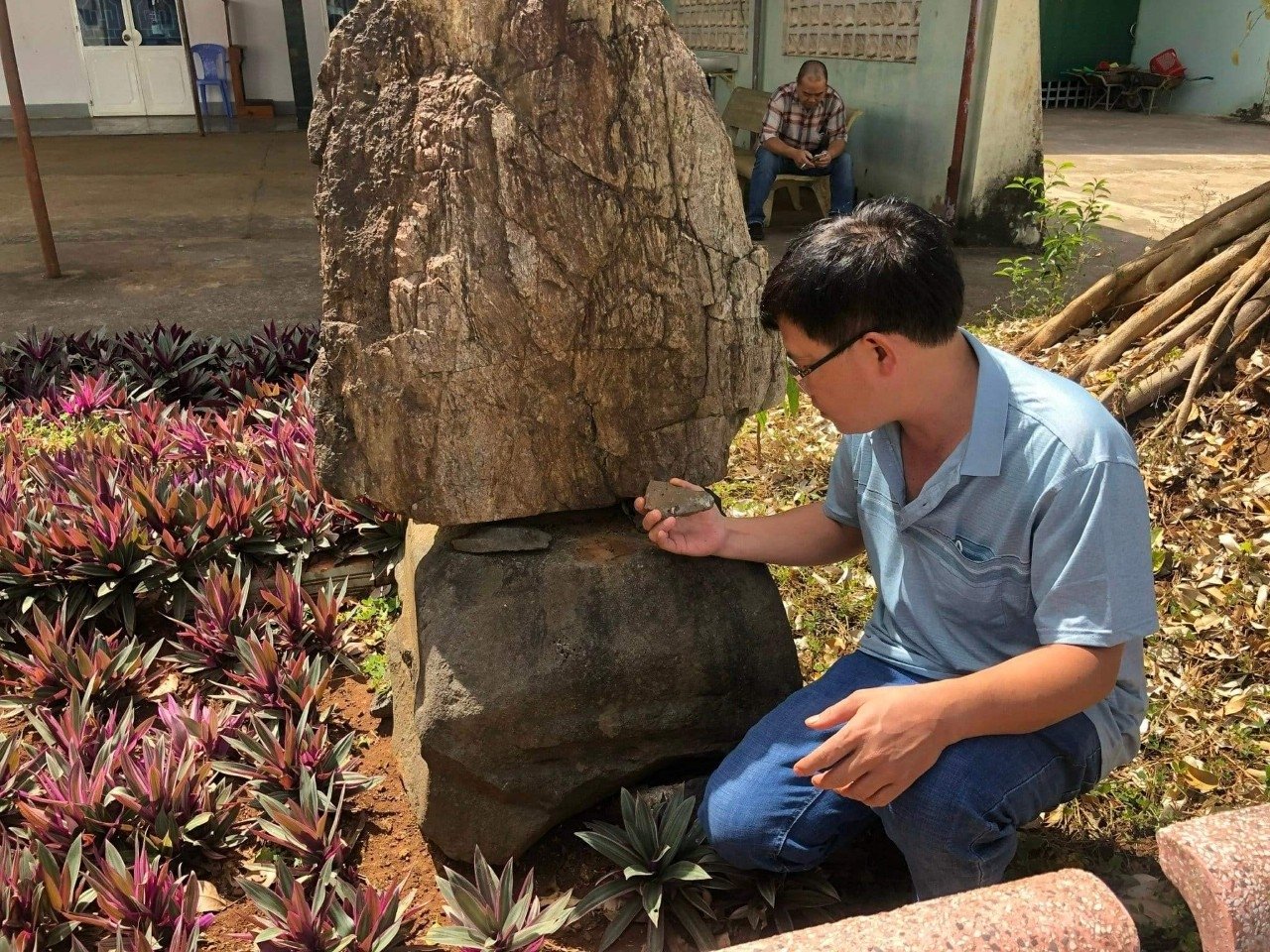









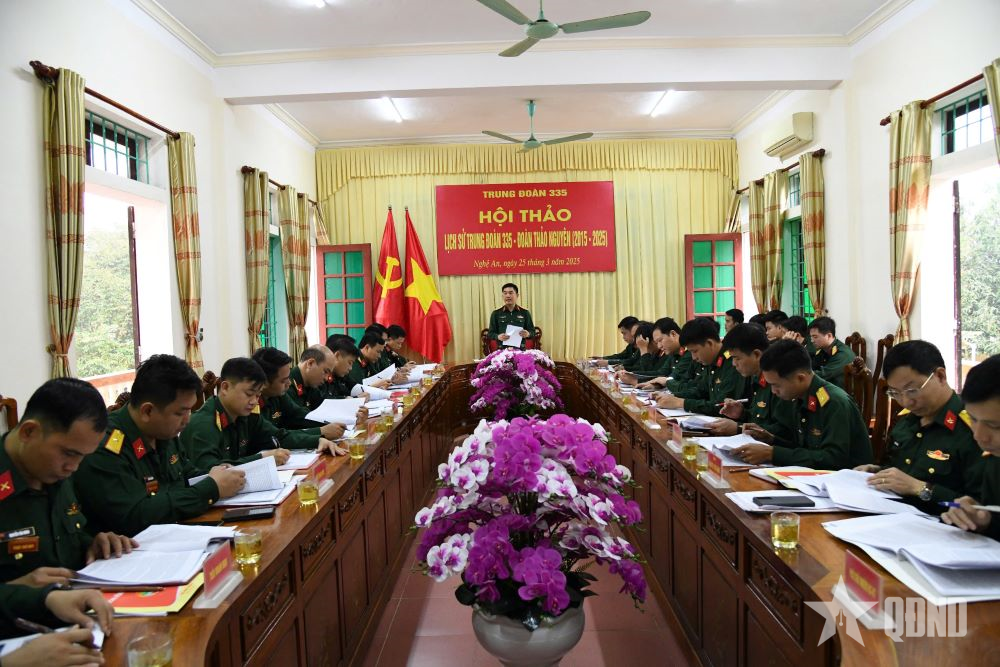

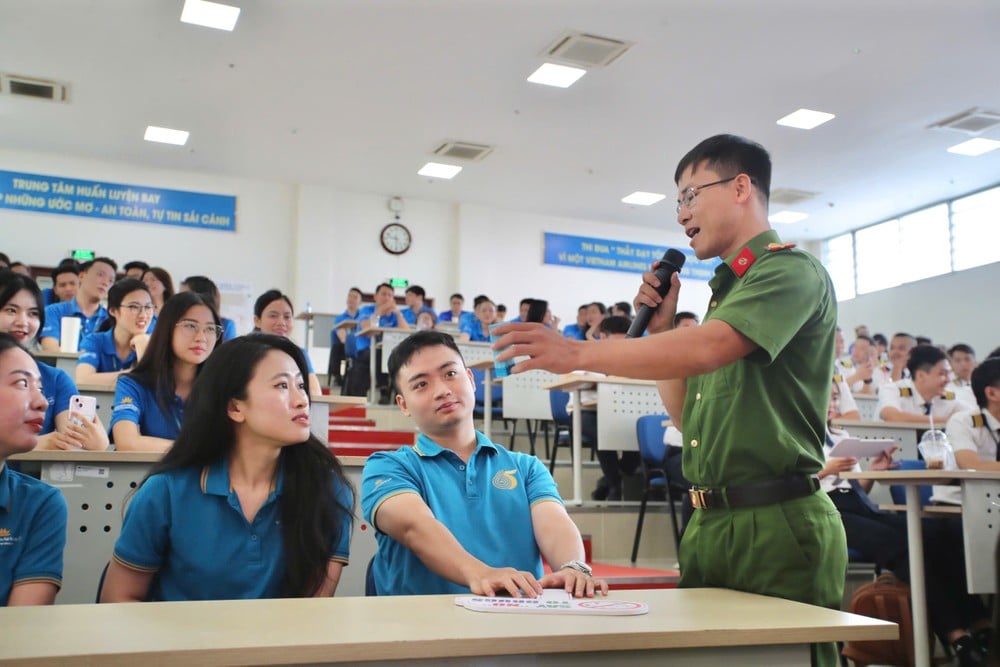

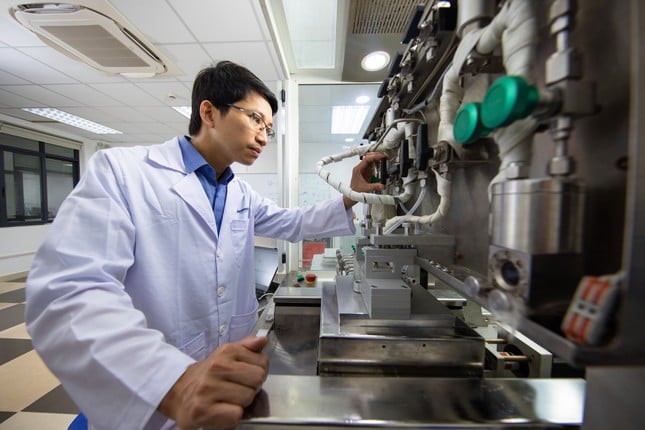


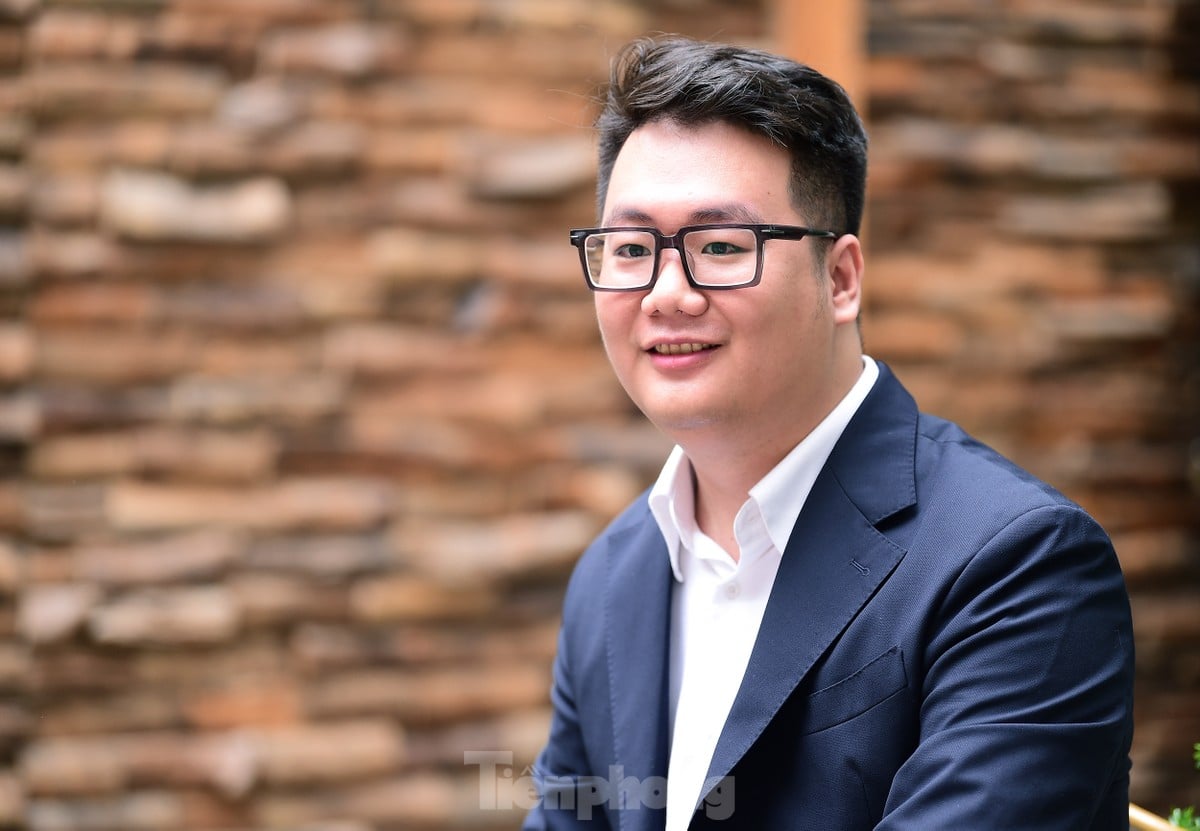








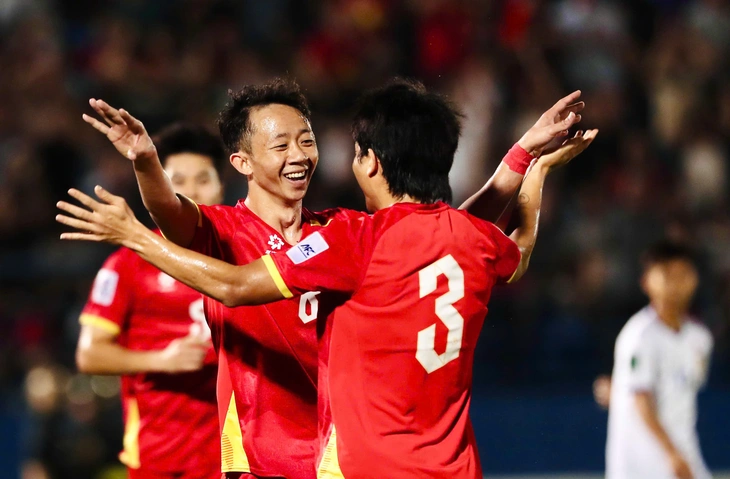
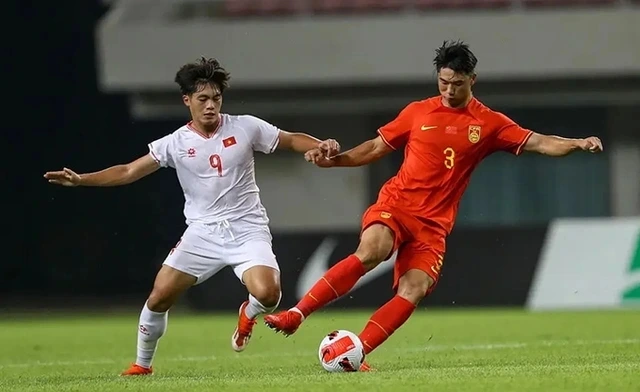






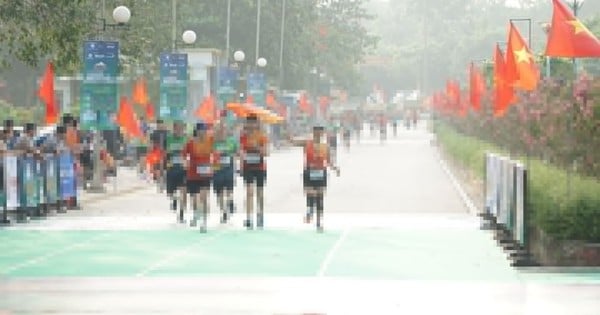

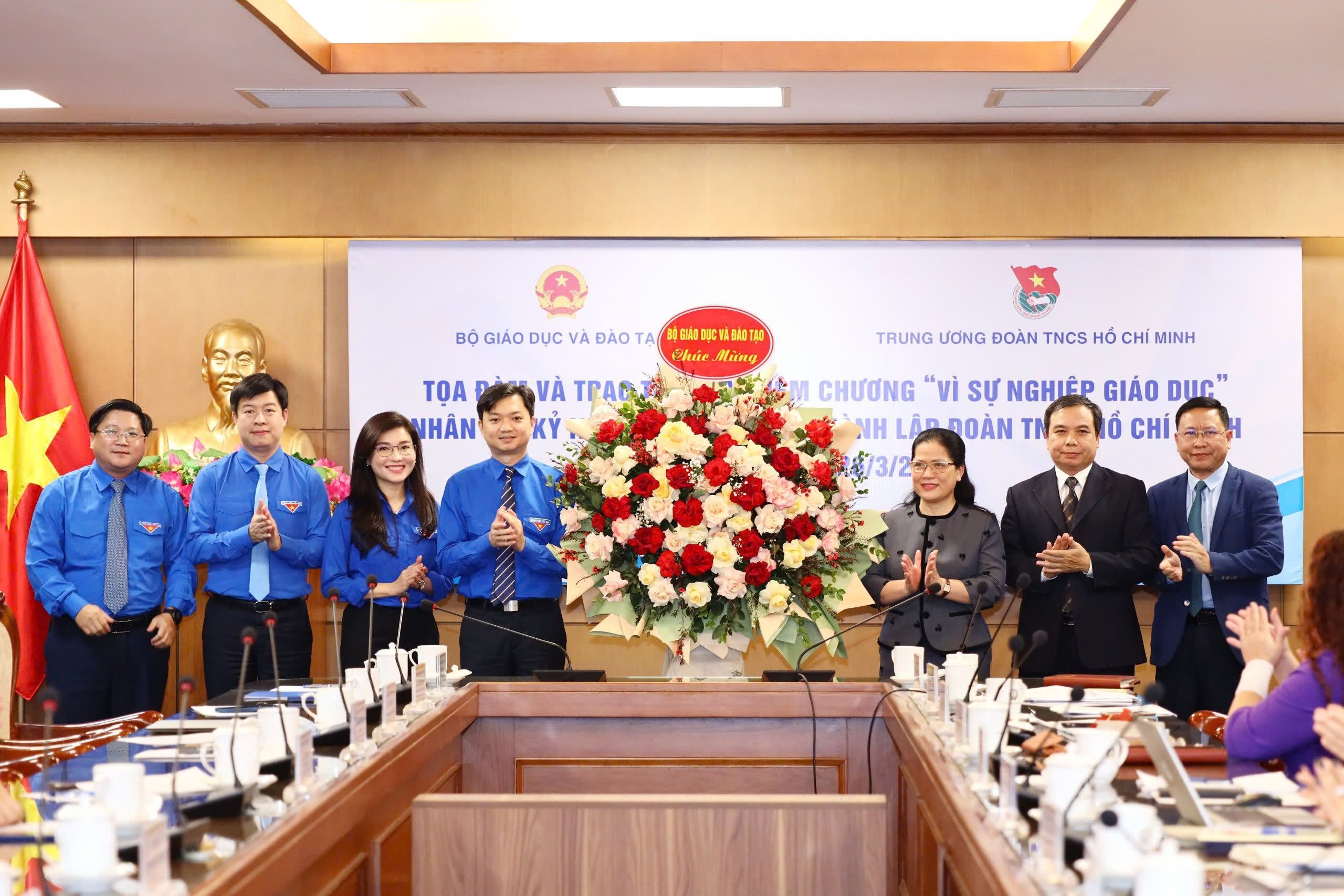



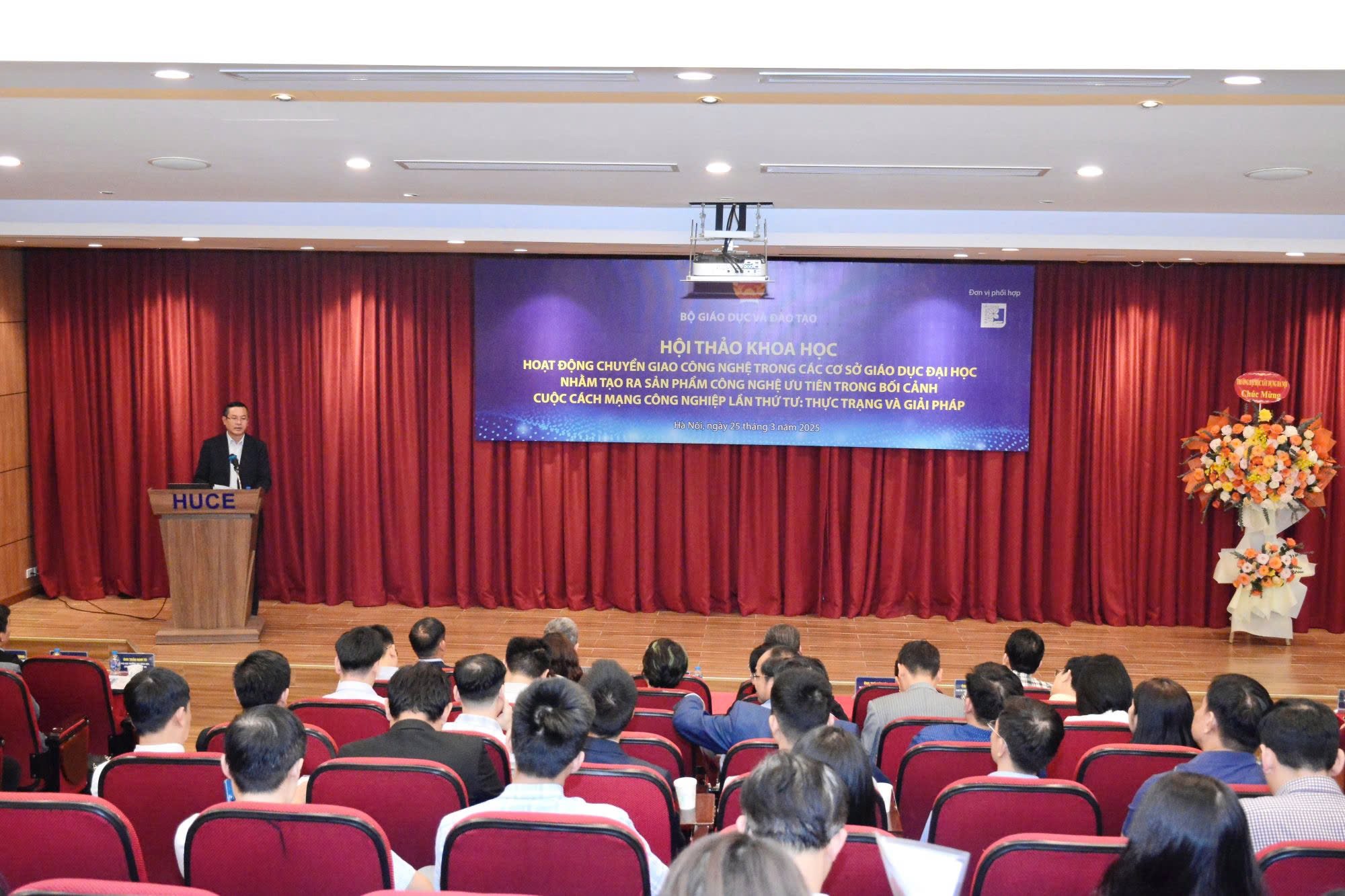



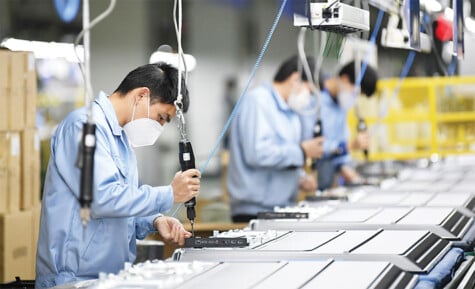



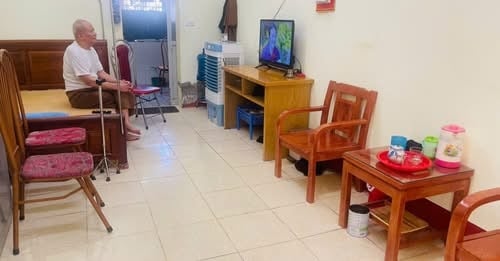


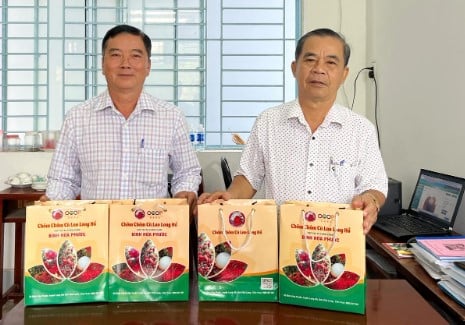






Comment (0)